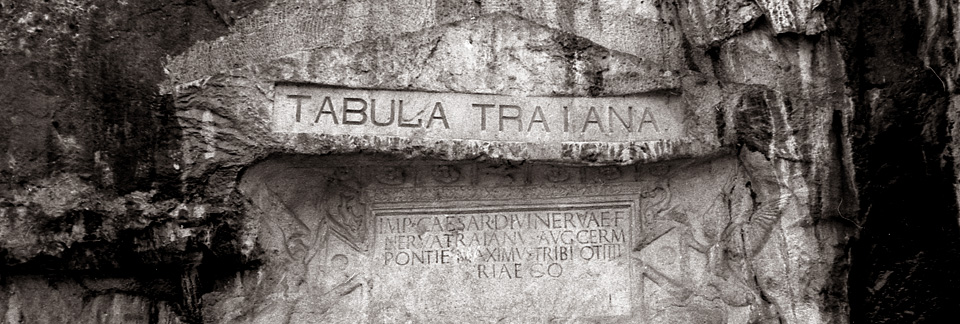AUG. 15 – SEPT. 10, 2018
Between Aug. 15 and Sept. 10, the Gallery of the Serbian Academy of Sciences and Arts will host the exhibition, Roman Limes and Cities in Serbia, organized by the Institute of Archaeology, Belgrade, as an event accompanying the 24th Limes Congress.
A fortified military frontier, limes, represented a barrier and protected the Roman Empire from the world of the barbarians. Ramparts, forts and military camps were positioned along this several thousand mile long frontier, stretching from Britain, along the Rhine and the Danube, to the Near East and Africa. Today, these monuments of the Roman heritage are or will soon become part of the world cultural heritage protected by UNESCO.
By establishing the provinces of Pannonia and Moesia in the 1st century AD, the Roman Empire also established a limes along the Danube, a system of fortifications interconnected by a network of roads. Over time, settlements, some of which later developed into cities, formed around the fortifications. In addition to the strategically significant location of Pomoravlje (Morava River basin), particularly from the late third and during the entire fourth centuries, saw the development of large urban entities, such as Naissus (Niš) and Sirmium (Sremska Mitrovica), which later became the capital cities of the Roman Empire. In the immediate vicinity of their respective places of birth, the emperors Galerius, Maximinus Daia and Constantine founded the large architectural complexes of Romuliana (Gamzigrad), Šarkamen and Mediana.
Interest in Roman sites in the territory of present-day Serbia was shown as early as the 17th century, when a number of travel writers described Roman remains, whilst first archaeological investigations began as late as the end of the 19th century. In the past hundred years, archaeological excavations have been undertaken at numerous sites along the Danube, with the most systematic ones being those of large legionary camps at Singidunum (Belgrade) and Viminacium (Stari Kostolac)
The centuries-long intensive activities at the fringes of the Roman Empire, particularly along the Danube, which was, as it still is, one of the most important trade routes, are best reflected in the remains of a rich material culture. By presenting a selection of material, the exhibition, Roman Limes and Cities in Serbia, is intended to shed light on and present to the public the wealth of the Roman heritage in the Serbian Danube basin (Podunavlje) and its hinterland.
















